grasses
Please login or become a member to start adding favourite plants & articles to your profile.
bamboo: running vs clumping
QUICK TIPS:
1. Use clumping bamboo as an accent planting
2. Use running bamboo for a screen or hedge
3. Always confine and be responsible with running bamboo
4. Snap off unwanted shoots while young
5. Prune in winter
6. Clear lower foliage for an aerial hedge
Given its reputation, you might wonder why you'd ever choose a running bamboo.
Those invasive bamboos with long, spreading underground shoots - or rhizomes - are all running bamboos. Clumping bamboos on the other hand are more tame. Each stem - or culm - emerges from a bud at the base of the parent stem; steadily building an impressive and compact clump for a feature planting.
But many of the bamboos suited to cooler climates are the runners. And when it comes to growing a very upright screen or hedge - especially in narrow spaces - the running bamboos are often a more practical choice - but only after committing to some precautions: confining them to pots or self-contained planter boxes above ground only.
Clumping bamboo can be contained in the ground with root barriers. Flexible sheeting made from high-density polyethylene - or HDPE - can be installed about 90cm deep around whatever area you choose. It's best angled outward from the bottom to help direct those rhizomes to the surface.
Though effectively inhibiting spread, the barrier won't prevent escape forever. The sealed off area is effectively a pot that will become crowded and pressured for resources. Which is where - as ever in the garden - maintenance and vigilance can take over.
Much easier than hauling in a runaway is a regular patrol of the boundaries. Snap off any shoots that appear where they're not wanted while they're still young. Get them at the right time and you can use them in a stir-fry - though some species first need soaking to leach toxins.
In late winter-early spring, trim off any untidy bits and prune culms down to the desired height for a more formal look in tropical, contemporary or oriental style gardens - but leaving any that haven't yet branched. Alternatively, show-off the attractive canes and create an aerial hedge by clearing all the lower foliage to about eye-level.
Comments (0)
Tell our Plant Selector what you want & like and we'll search thousands of plant profiles for compatible matches
Special Offers
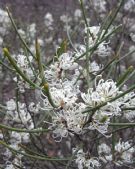
Plant of the Day
Beaked Hakea
Plant type: evergreen shrub
H: 3m W: 3m
Sunlight: hot overhead sun to warm low sun
Member's Tip

Belinda, Padstow NSW
When doing water changes on fishtanks, (not saltwater);, use this on your pot plants on foliage and roots. It feeds them and keeps them green.
Recently added grasses articles
Most viewed grasses articles
Get the Plant Selector's full features plus news, forums & competitions. Sign up, it's free.
Click here for more
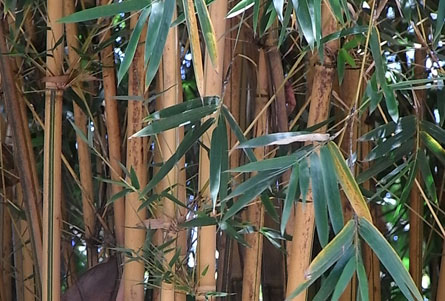
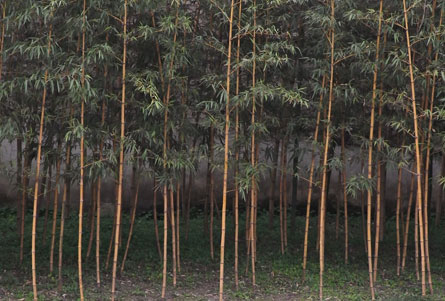
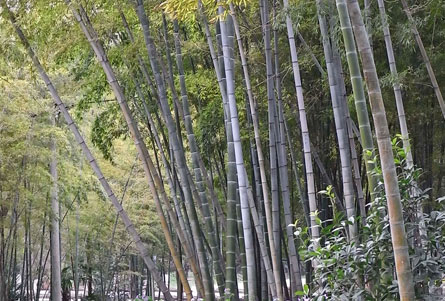
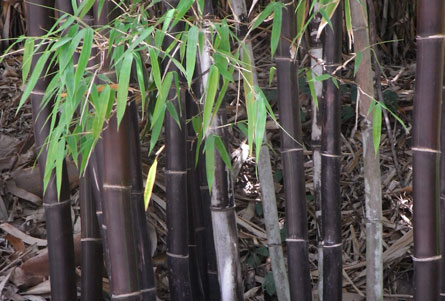





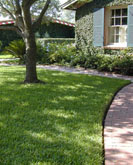

You must be a member to share: Login or Register